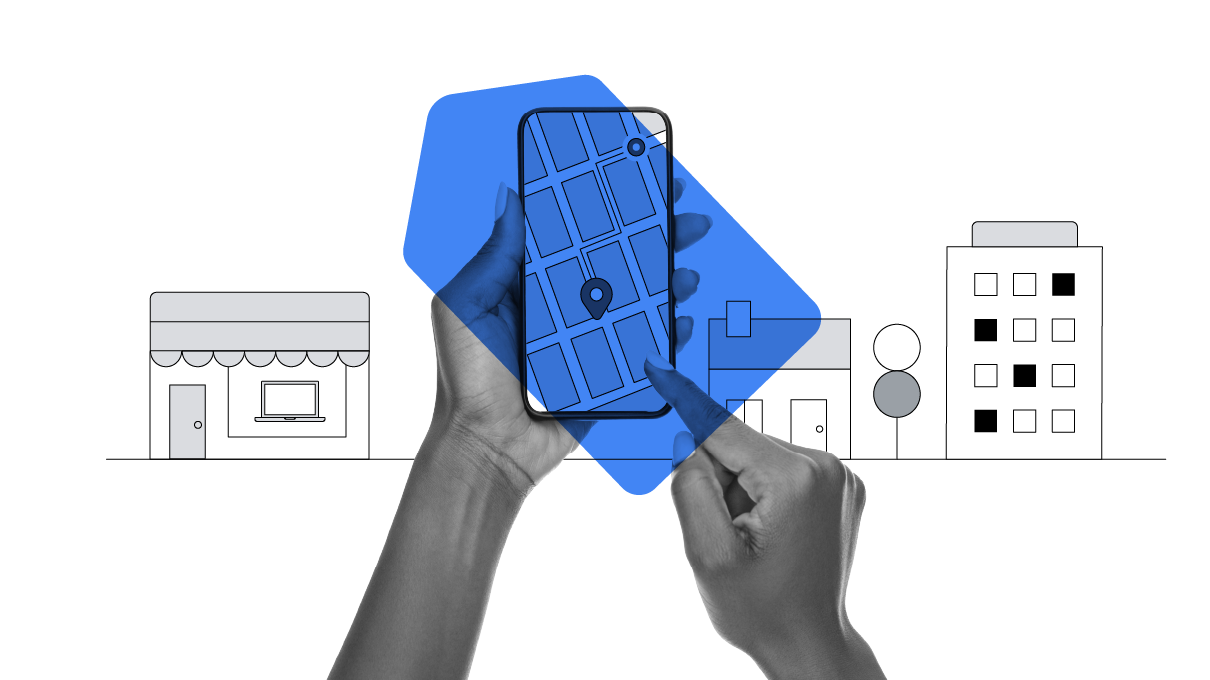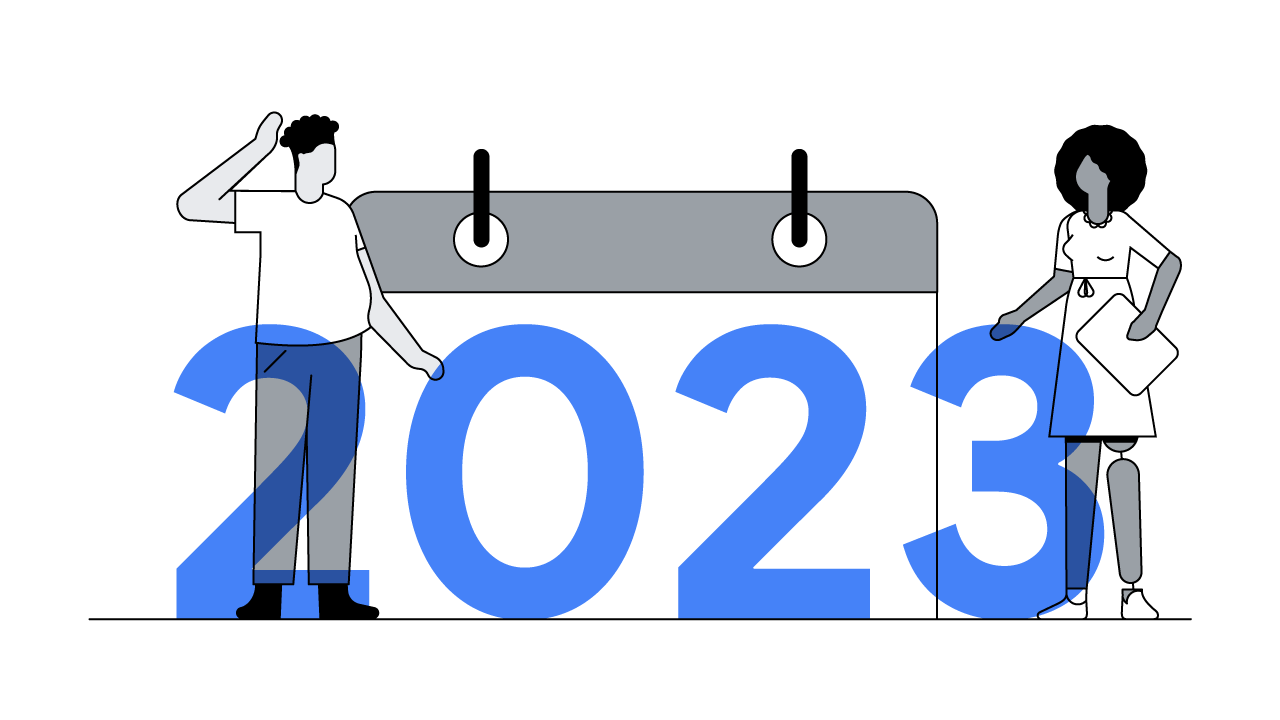Every day, billions of people turn to Google to search for answers to their questions. And it’s not just the simple ones either — such as “what’s the weather tomorrow?” or “when was Zaha Hadid born?” (it’s 31 October 1950, by the way).
People also go to Google for help with more complex tasks — like how to take care of their dental health or how to plan a family vacation. These are more challenging questions and require a multitude of searches to explore the topic and find an answer.
We ran a study with over 10,000 opted-in consumers with Verto Analytics to better understand what someone’s online search journey might look like. Here’s an example of one person’s journey (we’ll call him “Micah”), showing the many touch points he stopped at along the way before he bought an electric toothbrush.
At Google’s recent Search On event, we shared how innovations in artificial intelligence (AI) are helping to make the world’s information more helpful, while empowering people to tackle complex tasks faster and easier than ever before. And that has implications for consumers as well as the marketers trying to reach them.
New milestones for understanding information
Since the announcement of the Multitask Unified Model (MUM, for short) earlier this year, our consumer teams have been experimenting with its capabilities to help solve complex tasks.
MUM represents a significant leap forward in Google’s ability to understand information and deliver better Search results. It’s one of our first multimodal AI models, meaning it can understand information across a wide range of formats simultaneously — like text, image, and video. In addition, it can unlock information in new ways by inferring connections between concepts, topics, and ideas.
These advances in technology will enable entirely new ways to search by helping Google to better understand complex tasks and questions.
Better answers for complex tasks
Imagine you’re enjoying a Sunday afternoon bike ride when you notice that your gears stop shifting. You can see the problem with your bike, but you don’t have the words to describe the issue. If a bike mechanic was nearby, you might point at the issue and ask for their advice.
Soon you’ll be able to use Google Lens to do just that. When you point your camera and ask, “how do I fix this?”, Google will be able to identify the problem. In this case, the issue identified is with the rear gears and you will be connected to helpful information across the web to fix it, like a YouTube video.
In fact, we recently added the ability to pinpoint key moments in videos — directly from search results — so that you can jump to the content that’s relevant to you. The bike manufacturer might have a step-by-step troubleshooting video, or a content creator who’s passionate about cycling might have a how-to for broken gears. Either way, you’re on the right path to fixing your bike.
Using MUM, Google could then surface “related topics” referenced in those videos and help you better understand the mechanics of the bike and how to take care of it to prevent further issues.
This feature also makes shopping experiences easier. When you see something you like online, or in real life, you can use Google Search to find “this sofa but in turquoise” or “socks with this flower pattern” — this makes shopping experiences more natural and intuitive.
The need for agility and automation is growing
With these updated search capabilities, it’s not hard to imagine all the new ways people will find answers to challenging questions and advance their discovery and exploration of topics that are important to them.
Some forward-looking advertisers are adopting automation across every aspect of their Search advertising campaigns.
To be successful in this new world, businesses will need to be ready for constant change by adopting an agile marketing approach to make sure they show up across search in all the moments that matter. This might mean creating more high-quality content relevant to the questions people ask, like Calvin Klein did in their video series in which they answered Google searches about jeans.
Google Search trends provide unique insights about the changing needs and behaviours of people, and advertisers can get a curated set of those right in their Google Ads accounts with the Insights page.
While search marketers have traditionally invested in manual processes and intuition to find their customers, build creative, and optimise for performance, this approach won't keep pace for most advertisers given the new ways people are searching. Some forward-looking advertisers have already realised this and are adopting automation across every aspect of their search advertising campaigns.
One automated solution that helps optimise campaigns is broad match, which allows ads to show up when someone searches for variations of a keyword or related topics. Together with Smart Bidding it helps advertisers cover all possible ways people search for products online, whether they type in your brand name, the description of the product, the name of a specific model, or they ask relevant questions. In fact, advertisers that switch their exact match keywords to broad match in target return-on-ad-spend (ROAS) campaigns can see 20% more conversion value.1
For example, when online dating saw a surge of activity during COVID-19 lockdowns, dating service Meetic created a campaign with just a few keywords describing their product, such as ‘dating site’ and ‘dating website’. They then used broad match to cover the much larger number of long-tail searches in the same category, such as ‘singles nearby’, ‘dating in my town’, ‘over 40s dating’, and ‘how to meet someone’.
By adopting new automated strategies, Meetic grew the number of paid subscribers from generic search by 70%. That’s because knowing when — and how — to engage consumers during these complex search journeys is quickly becoming the critical question for marketers.
As we look to the future, Google Search updates and innovations will continue to create new ways for people to access information and connect with businesses around them. Now is the time for marketers to get ready for what’s next and explore how automation can help build long-term resilience and growth for the future.







